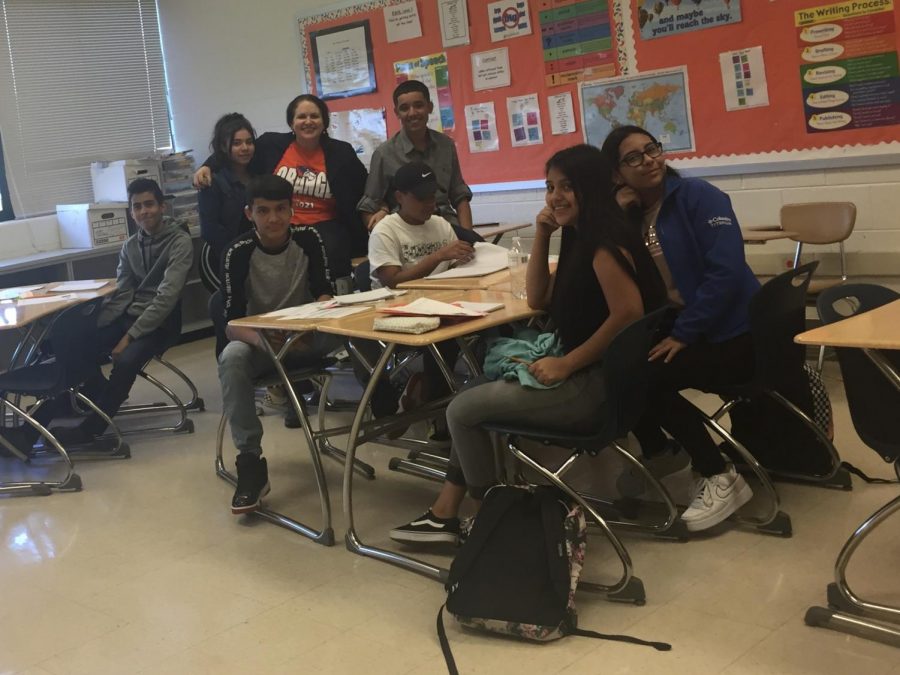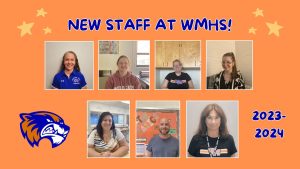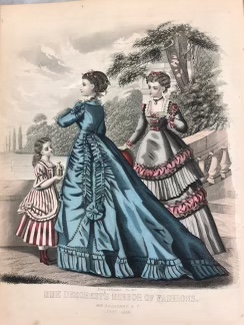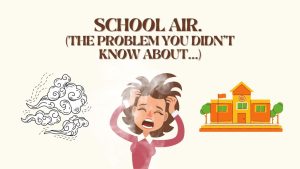ESOL teachers help foreign students get past language hurdles in school
Students pose with ESOL teacher Sharon Faber in her ESOL 3 class
October 22, 2018
The reality for English for Speakers of Other Languages (ESOL) students at Watkins Mill High School is that they often arrive on their first day of school not being able to speak or ask anyone for help because they don’t know English.
Watkins Mill’s ESOL program contains about 360 students from several different countries who speak about 25 different languages. The ESOL program helps students learn English as their second or third language.
The Mill is a majority-minority school with many first-generation American and immigrant students. Compared to other high schools in Montgomery County, Watkins Mill has the third or fourth largest ESOL program, while Gaithersburg High School has the largest ESOL program.
The ESOL program faces several challenges that a lot of standard courses may not encounter every day. “A lot of ESOL students turn to their ESOL teacher to help them get used to America, to figure out how school works, and counsel them on how to solve problems at home,” ESOL resource teacher Margaret Van Buskirk said.
Van Buskirk and other teachers help ESOL students work to keep up with native English speakers in different core subjects, while teaching the students English. Even though students are being taught English in school, many students “learn to speak English quickly at their after-school jobs because in school their friends are speaking their native languages,” Van Buskirk said.
Van Buskirk referenced Khan Academy founder Salman Khan’s TED talk: “Let’s speak for mastery, not test scores.” Khan compared rushing students through content to building a house on top of an unfinished foundation. “We were artificially constraining how long we had to do something pretty much ensuring a variable outcome,” Khan said. “We took the trouble of inspecting and identifying those gaps but then we built right on top of it.”
Students come to school to reach out and learn skills for the future. “I would like the ESOL students to understand that school in America is an opportunity,” Van Buskirk said. “It’s not a promise.” Van Buskirk wants the best for the students in the ESOL program and hopes they will take responsibility for their education.








